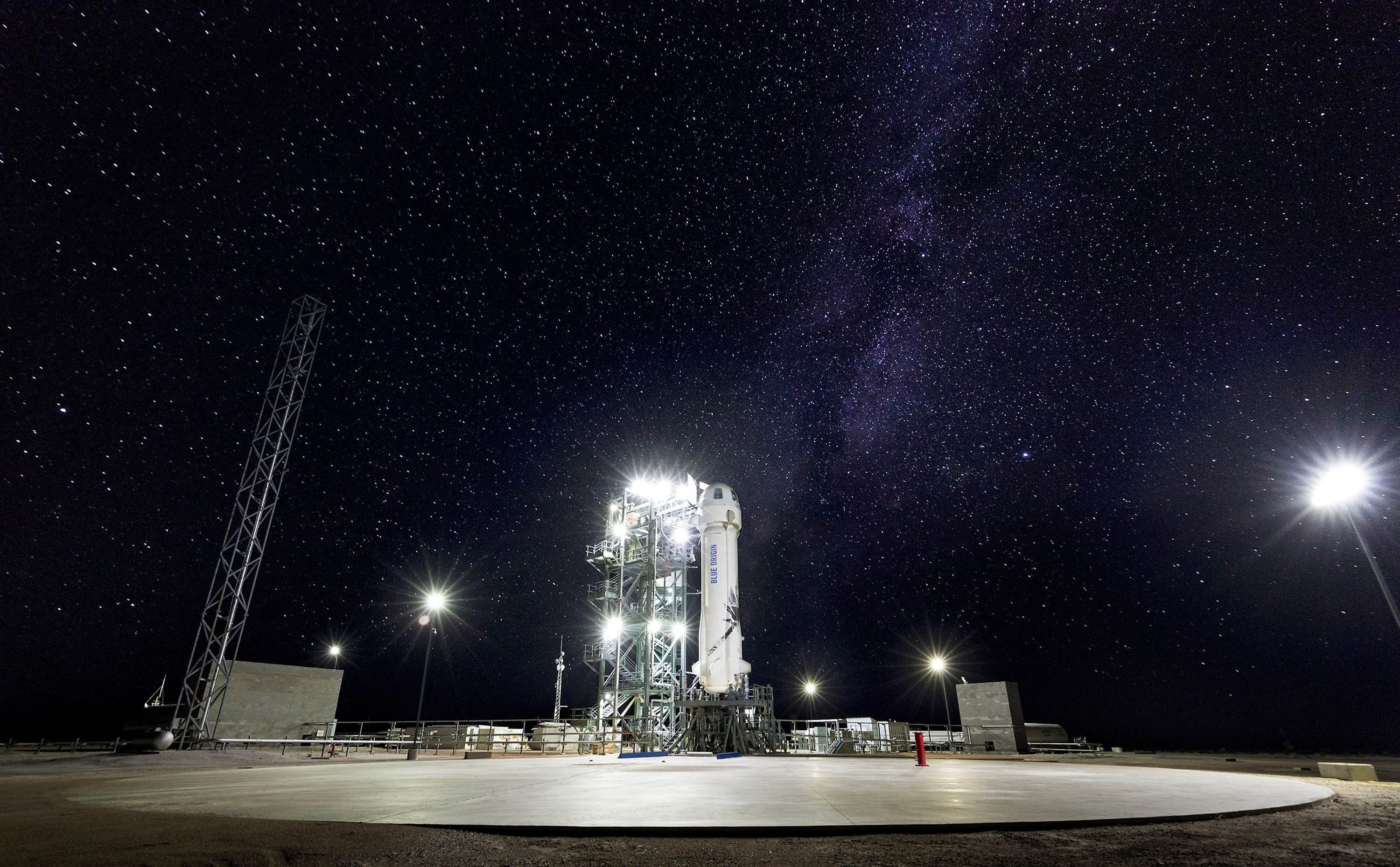Orbital Sciences has announced that it has shipped the Orbiting Carbon Observatory (OCO) satellite to its launch site at Vandenberg Air Force Base (VAFB), California. On Saturday, November 8, the OCO satellite departed from the company’s Dulles, Virginia facilities in a specialized shipping container after completing its design, development, manufacturing and testing process.
The spacecraft is due to arrive at VAFB for integration and full system testing with Orbital’s Taurus rocket, that will launch the OCO satellite into low-Earth orbit (LEO) in early 2009.
Orbital built the OCO satellite for the National Aeronautics and Space Administration (NASA). The OCO project is managed by the Jet Propulsion Laboratory in Pasadena, California under the direction of the project’s Principal Investigator Dr. David Crisp.
After its launch into orbit, the OCO satellite will collect and disseminate precise global measurements of carbon dioxide (CO2) concentrations in the Earth’s atmosphere to scientists studying global climate change.
The OCO satellite is one of seven scientific spacecraft that Orbital has built, or is in the process of building, for NASA that is based on the company’s evolving line of LEOStar satellite platforms.
OCO is based on Orbital’s LEOStar-2 configuration, on which several other NASA science satellite projects were produced, including the highly successful GALEX, SORCE and AIM missions in low-Earth orbit, as well as the Dawn deep space mission.






